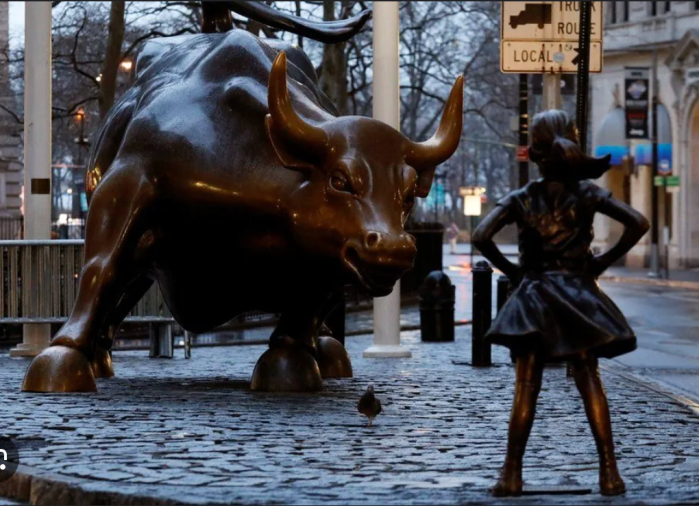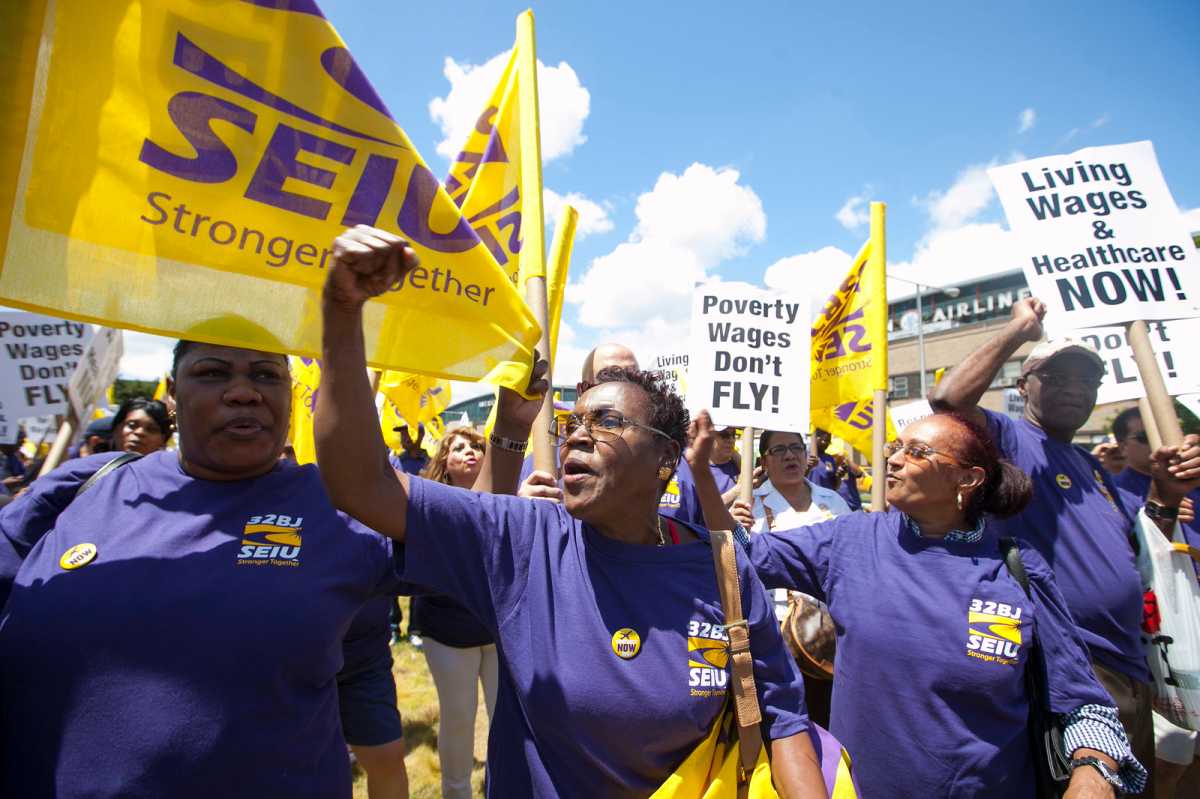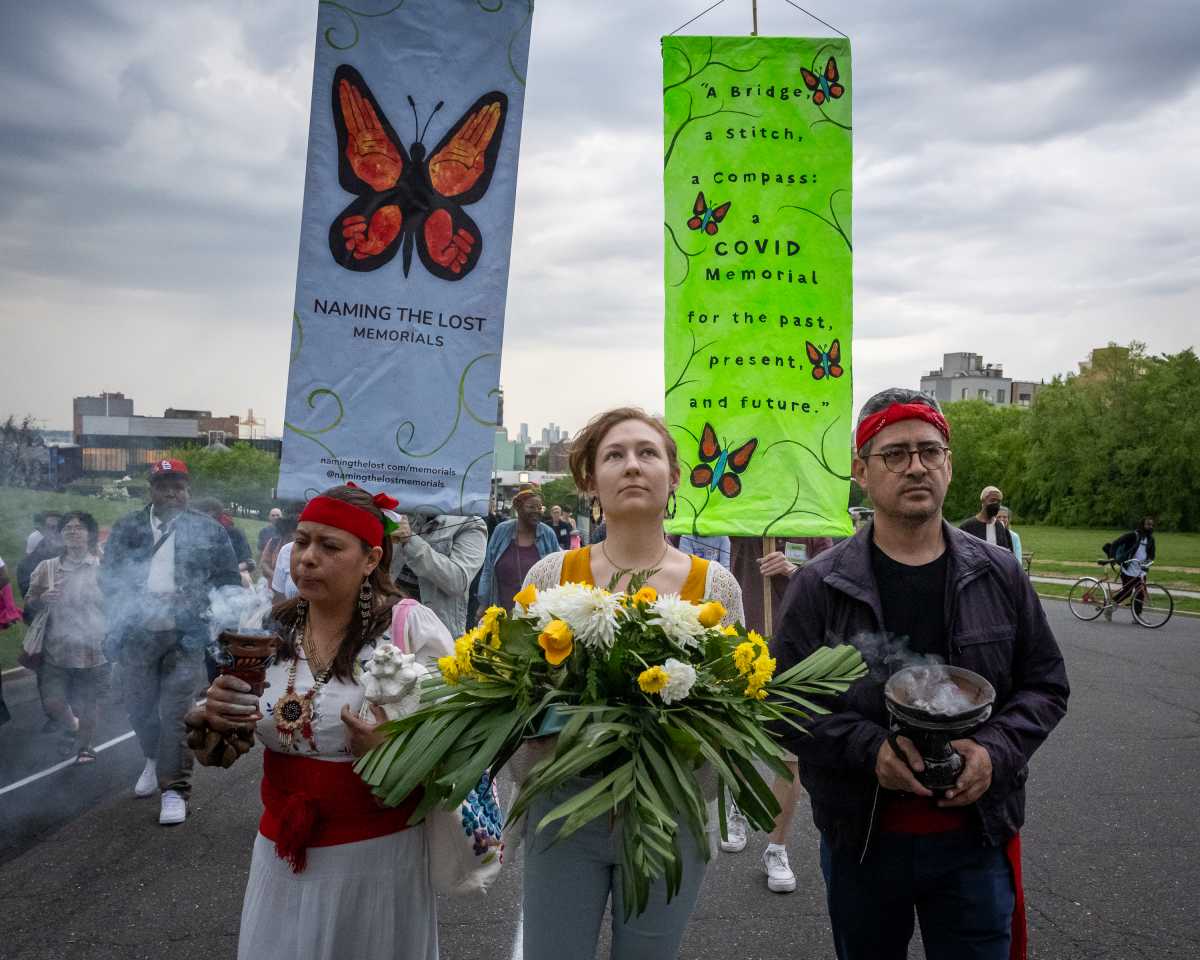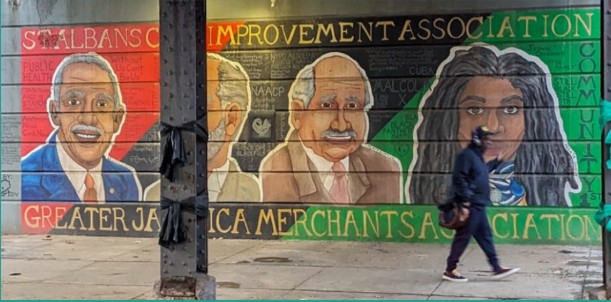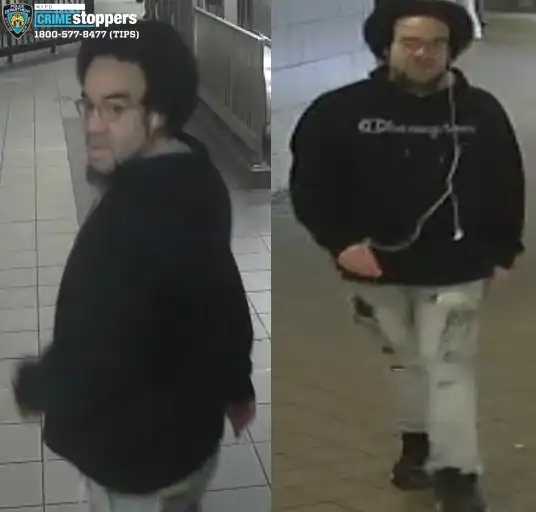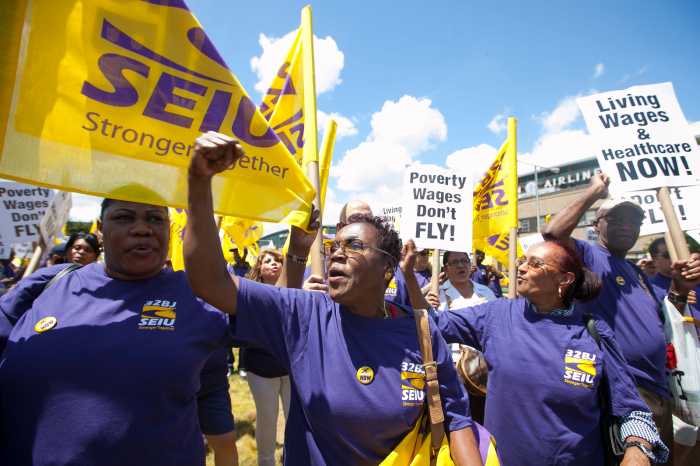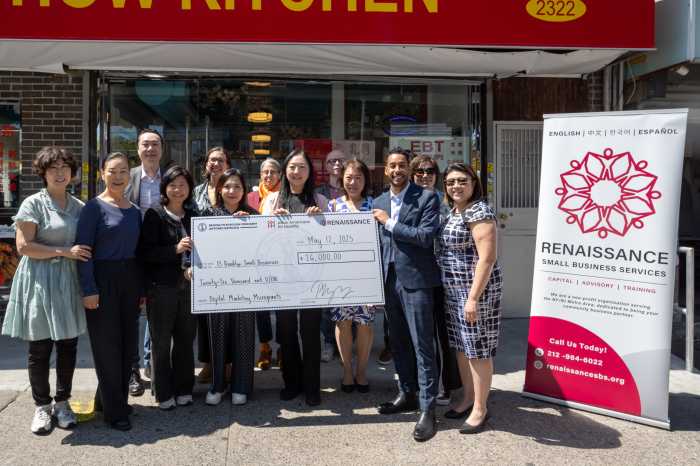Uber won’t be bringing autonomous vehicles to New York City just yet, the ride-share giant announced Wednesday.
The driverless vehicles will debut in Los Angeles next year through a new partnership with Volkswagen, but according to Uber, New Yorkers shouldn’t expect to see driverless taxis on city streets anytime soon.
“Over the next decade, you’ll see thousands of Volkswagen AVs across the U.S.,” said Wendy Lee, who leads Uber’s Autonomous Mobility and Delivery teams, during the company’s annual product showcase in Lower Manhattan. “And so eventually, you won’t just be taking shared rides on Uber. You’ll be taking shared, electric, and autonomous rides in the same vehicle.”
The pilot program, set to begin in 2026, will add Volkswagen’s fully autonomous ID. Buzz AD electric vehicles to the Uber platform. Testing has already begun in Los Angeles. Other cities currently offering driverless rides include Phoenix and Austin, with Atlanta slated to follow this summer, in partnership with Waymo, the self-driving car division of Google.
But Lee told amNewYork that Uber’s expansion of AVs is currently dictated by where its technology partners are active — and New York is currently not one of those places.
“There are no plans for New York yet,” she said. “We just want to make sure that the safety is there, the experience is there.”
Hurdles for Uber in bringing robotaxis to NYC
New York’s strict safety regulations remain a hurdle to AV technology companies. Under city Department of Transportation rules issued last year, autonomous vehicles can only test on public roads with a human safety driver behind the wheel.
Sachin Kansal, Uber’s chief product officer, concurred that the speed with which Uber expands any kind of AV service options, shared or private, is down to the company partnerships it makes and their safety records.
“We don’t actually manage the core autonomous roadmap. There are many things that they have to figure out, and they are continuing to improve their technology,” he said “So my desire would be as fast as possible everywhere. But it has to get there in due course. And the most important thing is that the vehicles have to be able to drive safely in every new environment that they encounter.”
Focus on affordability
Despite the forward-looking push toward autonomy, Uber executives emphasized that AVs are just one part of the company’s long-term strategy — with affordability and commuter-friendly services taking center stage Wednesday.
“Our main goal is, ‘How do we create more value for users and continue to increase our user base because we provide them that value?’” said Kansal. “We think that we’re going to have a combination of humans as well as autonomous vehicles. No one can predict what the percentages will be.”

Kansal unveiled a suite of new ride features designed to help users save money, given the country’s affordability crisis.
Among the most prominent is Route Share, now live in New York City. The option offers scheduled pickups every 20 minutes for commuters willing to walk a few blocks to a shared pickup spot.
“They get predictable pickups and drop-offs, and there are no detours,” Kansal said. “Users can save up to 50% compared to UberX.”
Another major announcement was Price Lock, which lets riders pay a flat rate for daily commutes. For $2.99 per month, users can lock in a fare and avoid fluctuations caused by traffic or surge pricing.
“She has locked her price at $20.18. So that’s what she’s gonna pay,” Kansal said, referring to a typical commuter.
Uber will also roll out Prepaid Pass this summer, allowing riders to buy bundles of 5, 10, 15 or 20 trips at a discount. “If she purchases a bundle of 15 rides, she can save 15% on that,” Kansal said during the showcase.
The company is integrating all these options into a new in-app section called Commute Hub, expected to launch later this summer. “It’s going to be the one-stop shop for riders to make their commute easier, simpler and a lot more affordable,” Kansal said.

On the food delivery side, Uber Eats will debut a new Saving Slider later this year, which scans users’ shopping lists and recommends cheaper substitutions. “We expect to be able to save up to 15 to 20% without making too many changes,” said Rohan Matthew, a senior engineering leader.
On whether these reported savings for app users will impact the pockets of drivers of delivery riders, Kansal stressed it will “not impacted the driver.”
Uber CEO Dara Khosrowshahi closed the showcase by highlighting the company’s broader mission. “We believe that ultimately autonomous rides are going to make our streets safer,” he said. “They’re certainly going to eventually save you money, and they’re going to be much, much better for the environment.”








